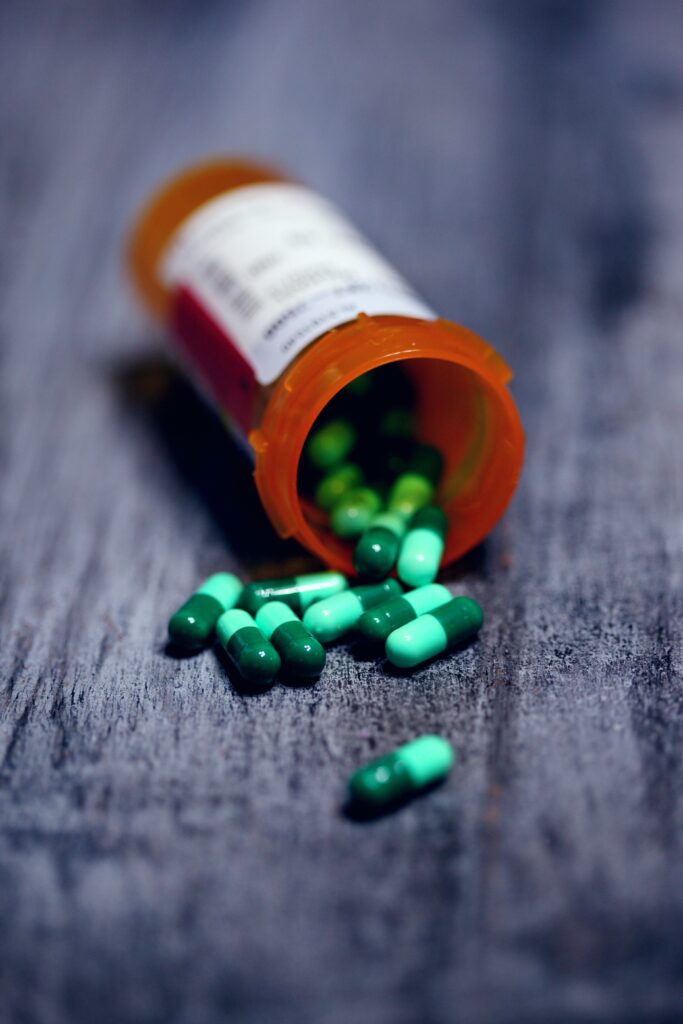
People in the downtown core are dying from opioid overdoses at unprecedented rates. Advocates and front-line volunteers tackling this crisis say they urgently need more support from community members and policy-makers.
Jeffrey Miles, co-founder of the group Harm Reduction Community Response, said seeing overdoses is routine now, just part of the walk home. He said he sees someone overdosing on opioids two to three times a week.
Attempting to manage the climbing numbers, Torontonians like Miles work on the front lines. He said his fellow volunteers are trained to check for signs of breathing and responsiveness, to perform CPR, administer naloxone and call 911.
In the past year, Toronto Paramedic Services received over 1,200 suspected opioid overdose calls from Toronto Centre alone. The crisis has intensified since the COVID-19 lockdown began in May 2020.
In June, more than a year into the pandemic, the Toronto Board of Health urged the federal minister of health to decriminalize simple possession of all drugs. The board’s motivation is to help keep vulnerable people out of jail, regulate what is currently a toxic and unpredictable supply, and significantly reduce opioid overdose deaths, the board said. Miles welcomes this potential change.
“We’ve been asking for [decriminalization] for a long time and it just seemed like politicians shoot it down,” he said.
Leigh Chapman, a registered nurse and volunteer co-ordinator for the Toronto Overdose Prevention Society, said she hopes the recommendation is accepted because the current apathy can be hard to bear. She said many advocates have been trying for years, and now with the rising overdose deaths and caps on safe consumption sites, they feel burnt out.
“Every Canadian should have a naloxone kit without fail,” said Chapman.
Naloxone kits contain opioid antidotes that, when administered through the nose, will reverse an overdose. The kits are free from a pharmacy and are available to anyone who wants one, according to the Ontario government.
In 2020, Toronto saw 530 preventable overdose deaths, an 80 per cent increase from 2019, according to the city’s overdose information system. Overdose advocates say they’re working overtime to see that number come down.
Volunteers from the Harm Reduction Community Response are fighting for political change, providing counselling and offering medical care to people who use drugs. Chapman says this is a difficult medley of responsibilities to keep up with, while also struggling with the tragic nature of the work.
“People who are fighting for change are also people on the front lines who are also burying their loved ones,” said Chapman. “This change should fall to people who are working in policy.”
Harm reduction workers can only do so much, said Miles, when current policies harm people and perpetuate cycles that result in increased overdoses. The primary harmful policy advocates point to is the criminality of illicit drug use.
Even though street opioids are illegal, many people still use them. They see opioids as a means to escape from the pain they experience in their lives, Miles said.
Someone who has already suffered a lot in their lives could, if caught with street level opioids, be charged with possession for the purposes of trafficking. The justice system throws them into prison for up to 10 years. According to an article published in the Canadian Medical Association Journal, this can further traumatize them and make them over 50 times more likely to overdose in the two weeks following their release. During their time in prison, people who use drugs go through forced abstinence which makes them more likely to overdose upon release, according to the B.C. Centre for Disease Control.
“I feel like my country is torturing people,” said Miles. “It shouldn’t be illegal to choose what you want to do with your body.”
In the early 1900s, the Opium Act became the first drug prohibition law in Canada. According to a discussion paper by Toronto Public Health, this law served to discriminate against Asian populations and frame them as immoral by blaming them for introducing opium to Canada.
In the 1980s, Canada’s war on drugs led to the over policing and high incarceration rates of Black people, according to the Drug Policy Alliance — an issue that persists today. Black people make up 8.8 per cent of Toronto’s population, but they represent 28.5 per cent of people involved in drug arrests, excluding marijuana, according to the Ontario Human Rights Commission.
Miles and Chapman say they see the overdose crisis primarily affecting Black people, Indigenous people, LGBTQ2S+ people, women and survivors of domestic violence. Chapman said people need to address their own biases, carry naloxone kits, and vote on behalf of the most vulnerable people in our communities.
“They’re surviving every day in the only way that they know how,” Chapman said. “We’re not only judging them, but we’re also perpetuating harm.”
This article may have been created with the use of AI tools such as
